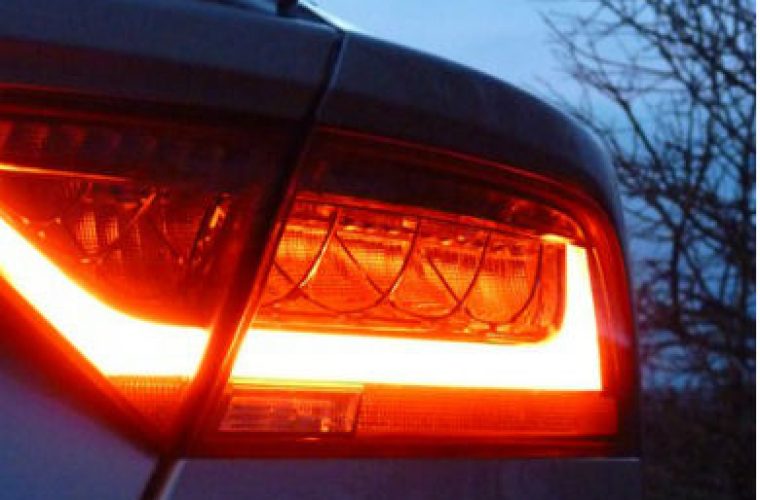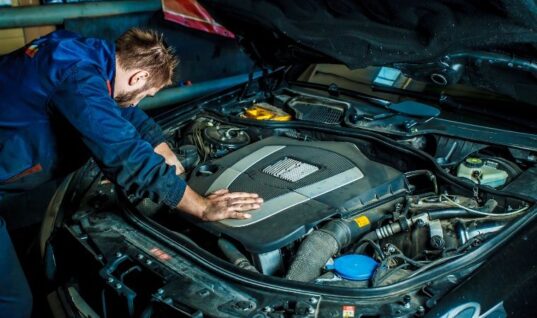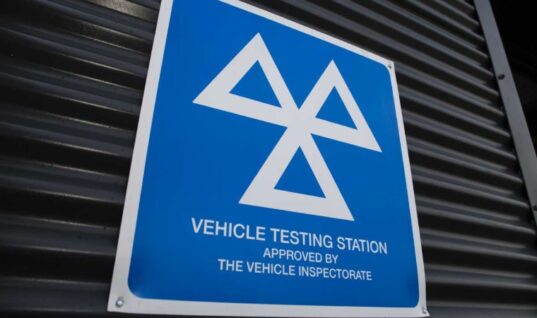Customers suffering ‘brake judder’ are likely to describe pulsing through the brake pedal or shaking through the steering wheel, whenever they brake.
The cause is almost always that the brakes are suffering from DTV: Disc Thickness Variation, say Apec.
DTV means the outside and inside disc surfaces are no longer parallel, so the pads are pushed into the thinner areas and kicked back out by the thicker areas.
This violent movement is transmitted back through the caliper pistons and brake fluid to the pedal, where it soon annoys the driver.
Causes can include poor quality manufacturing, incorrect fitting, sticking calipers and bad driving.
Correct fitment
Make sure the hub is completely clean before you fit a new disc.
Even the tiniest spec of dirt or rust causes an inboard-outboard movement that increases towards the outer edge of the disc.
It probably won’t be apparent when the owner drives away, but with repeated brake applications either the disc wears unevenly, or brake pad material is deposited unevenly. Both have the same effect: judder.
Sticking calipers
If the caliper slide pin or guidepost pin is rusted, dirty or bent, the caliper won’t ease back from the disc when the brake pedal is released, causing the pads to rub against the disc.
This leads to an uneven build-up of pad material and hot spots on the disc, both resulting in judder.
Bedding-in
No customer will want to admit it, but if they’ve been careless about bedding-in new pads or discs, they’ve laid the foundations for future judder.
Apec pads make bedding-in easier than almost all other makes, because the High Pressure Treatment (HPT) process used during their manufacture reduces the time required for bedding-in.
Bedding-in transfers an even layer of pad material to the discs, providing a consistently smooth surface that means the whole pad will contact the disc on each application, without creating high spots on the pad or variations in disc thickness.
Braking hard before this ‘protective’ layer has built-up means the transfer of material will be patchy and uneven, leading DTV.
Find out more about Apec Braking, including technical product details, by selecting ‘More Details’ below.







